The first commercial supersonic jet that Boom wants to fly will be all-business class, but the company’s ultimate goal is completely different!
We have seen several companies with plans for supersonic aircraft. Some are for business/corporate jets, like the now ill-fated Aerion AS2. Others are a bit bigger, but barely breaking into ‘regional carrier’ capacity. And to the minds of many, this reinforces the idea that supersonic travel remains a rich people’s privilege. But this is not what Boom Supersonic is after.
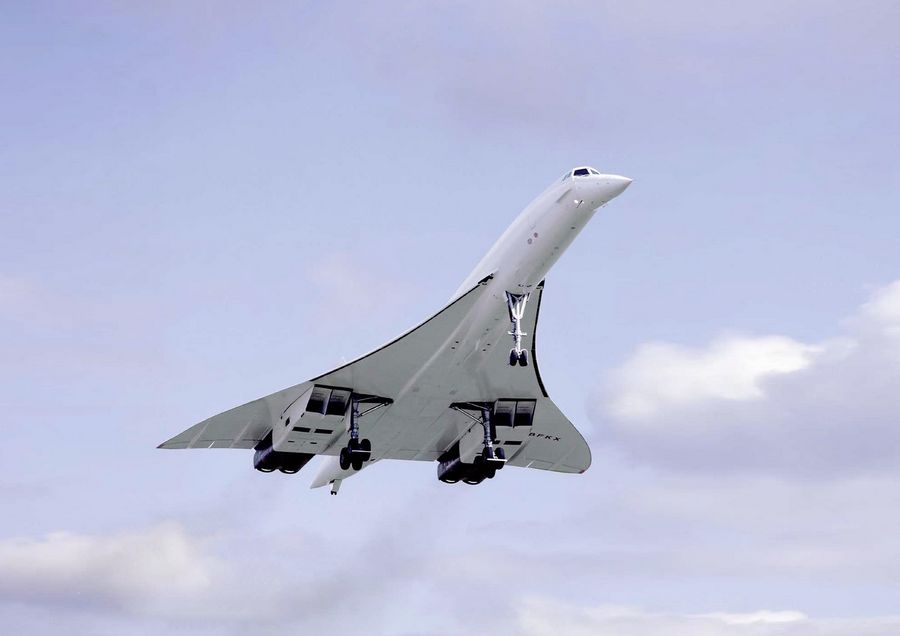
Concorde was not supposed to be a business-class only jet – with a first-class seat price-tag. Unfortunately, this is what it became, by default. According to CNN, in today’s money a Concorde round-trip over the Atlantic would cost $20,000. Boom’s Overture will also be an all business-class supersonic jet, but will work with business-class pricing. That’s because the company will design it from the outset, for this purpose. The one after it, might have a different purpose, and pricing.
In its day, Concorde was leading-edge technology. It gave us fly-by-wire (analog), thrust-by-wire, brake-by-wire, engine inlets-by-wire and the use of fuel for trim and as a coolant. And it was the first airliner to use telescoping landing gear. Not bad for an airliner that first flew 20 years after the de Havilland Comet!
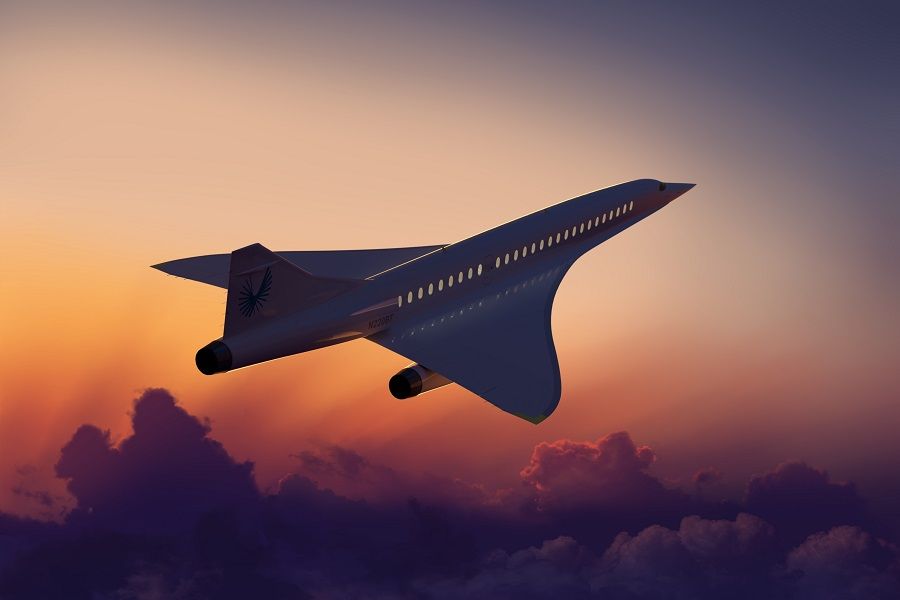
A Twenty-First Century Concorde?
But Concorde’s first flight was in 1969. And while the 20 years before that were some of the most fruitful in aviation development, it’s been over half a century since. This is what Boom is counting on, as it plans its supersonic future. Advancements in aerodynamics, CFD, composites, engines and a lot of electronics, could (or should!) give us a worthy successor to the Concorde.
Boom’s all-business class Overture will be their second jet. Their first is really a development vehicle, the XB-1. The company rolled out the fully-assembled test aircraft last October. This is a single-seat, three-engine aircraft, using a part-carbon, part-titanium construction. The three engines are the very popular and tested General Electric J85.
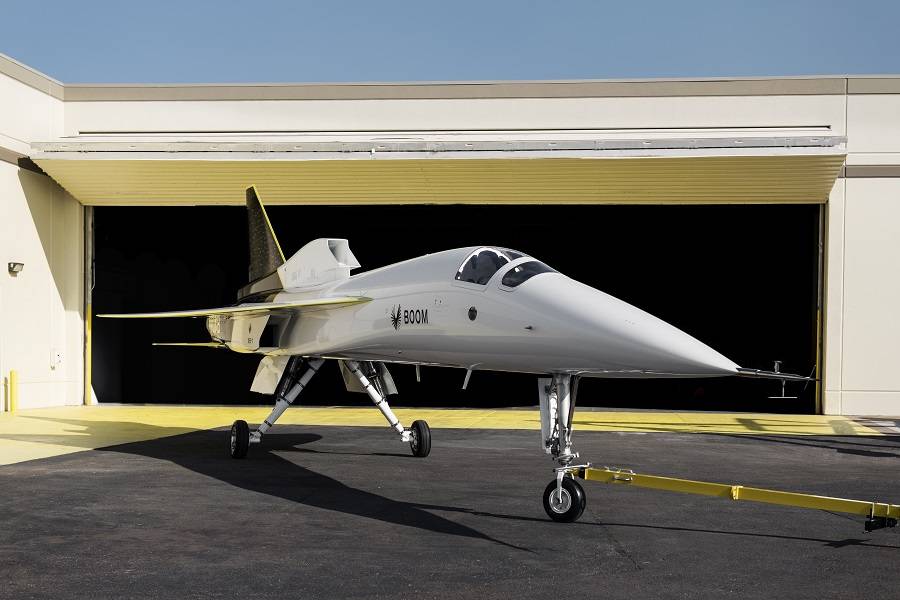
The XB-1 should have its first flight soon. The three-engine layout will echo that of the Overture airliner. However, the latter’s engines will come from Rolls-Royce. Boom then wants to start building the prototype of their first commercial supersonic plane in 2023. Its rollout would come in 2025, and entry to service in 2029.
Other projects that we saw aimed to fly at slower speeds compared to the Concorde, for noise reasons. The Boom Overture will be much less noisy at airports, meeting current and planned noise standards. But it will be faster than Concorde, at Mach 2.2. It will also fly a bit higher, at around 60,000 feet. Concorde could actually get close to this, as it burned off fuel and got lighter.
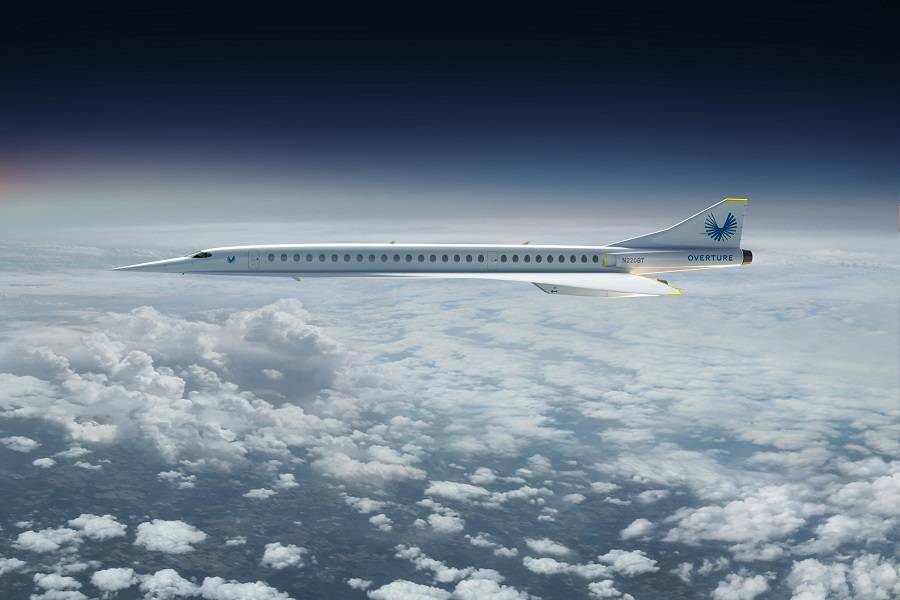
Boom’s Supersonic Plane For The Masses
But one or two generations beyond the Overture, Boom wants its supersonic planes to be a bit bigger, and cheaper to fly on. A LOT cheaper. Their ultimate goal is a plane that can get anywhere in the world in four hours, for $100 per passenger. The company describes this as an audacious goal, but believe they have to set it. The plan then is to work backwards, and figure out how to reach it!
The company’s founder and CEO Blake Scholl believes that there is a lot of incremental improvement to come over half a century, since the Concord first flew. The Boom Overture will start the ball rolling, flying supersonic with 65 to 88 passengers. This makes a New York to London flight last 3:15 hours. Interestingly, Boom believes the aircraft will also have the range to get from Los Angeles to Sydney – in 8:30 hours.
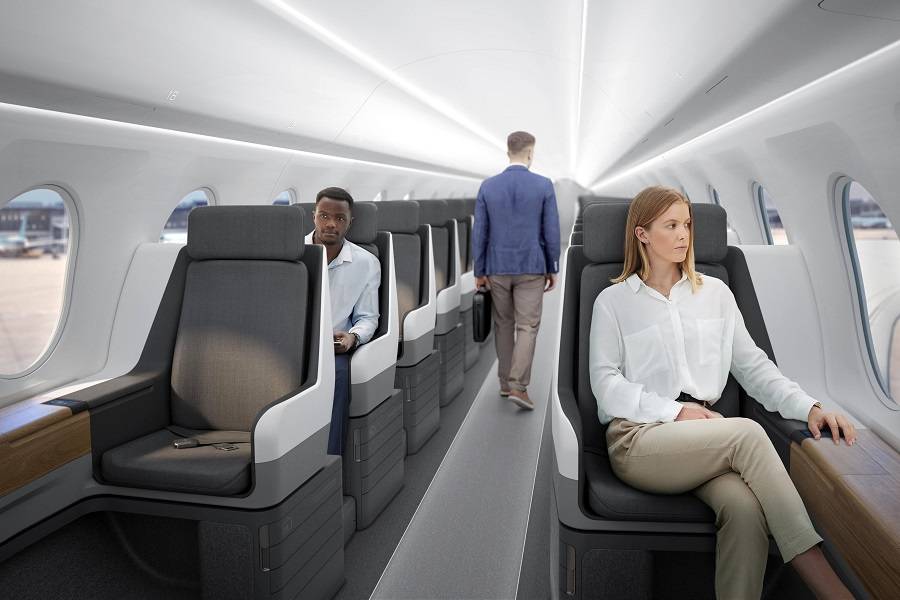
In the 60s, supersonic airliner designs like the Boeing SST were huge. Concorde itself would supposedly have a quick successor, with around 150 seats! Boom believes these large sizes were a factor in the demise of these early supersonic ambitions. Their plane will be no bigger than a 737/757, and so will be able to use many more airport gates than Concorde could.
Boom Making Supersonic Travel Efficient?
Boom is also keen to emphasize that supersonic travel doesn’t have to be inefficient and wasteful. Mr. Scholl points out that many are comparing Concorde’s efficiency with that of other planes at the time it retired. The jet was around 35 years old at the time! Not only that, it also dated from before the oil crisis, and the focus on efficiency that followed. So its inefficiency would be on a different scale from that of a 35-year-old Boeing 767 today.
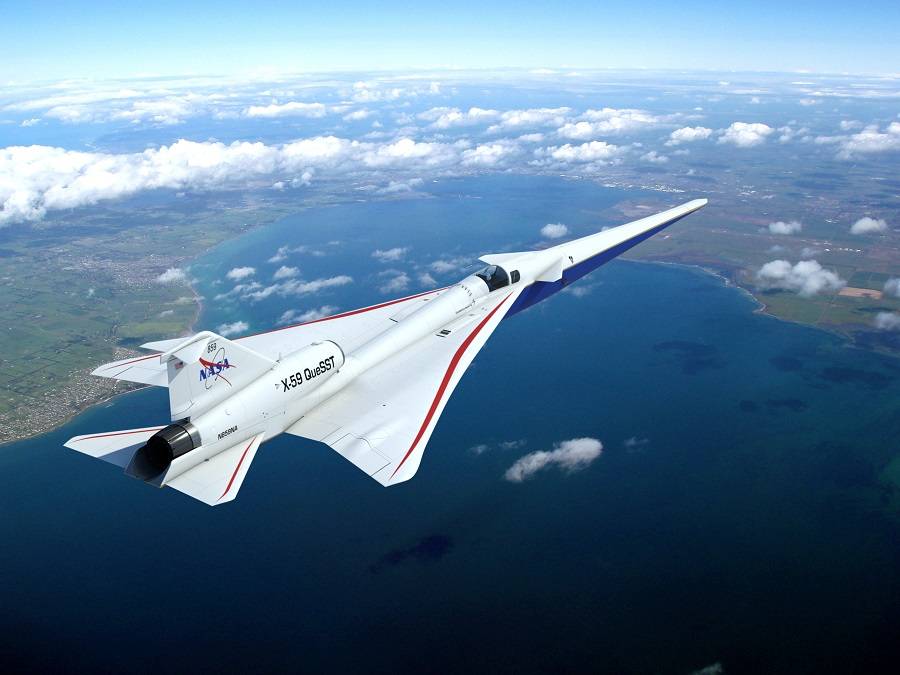
Like Aerion, Boom are banking on synthetic Sustainable Aviation Fuels (SAF), for a sustainable operation. With the substantially higher cost of these fuels today, we need great leaps in production, to make this possible. But Boom have not given a timeline for their ultimate, affordable supersonic jet. Aerion had revealed plans for the AS3, its own ambitious Mach 4 jet. Unfortunately the company closed its doors soon afterwards.
Unlike Aerion, Boom’s timeline to develop and produce its supersonic jets, is closer to that of current aircraft manufacturers. This makes it more realistic, and it also gives them another advantage. We have seen that NASA is working on their QueSST, a study in quiet supersonic travel. While Boom’s jet will fly at higher speeds, it still stands to benefit from some valuable knowledge.
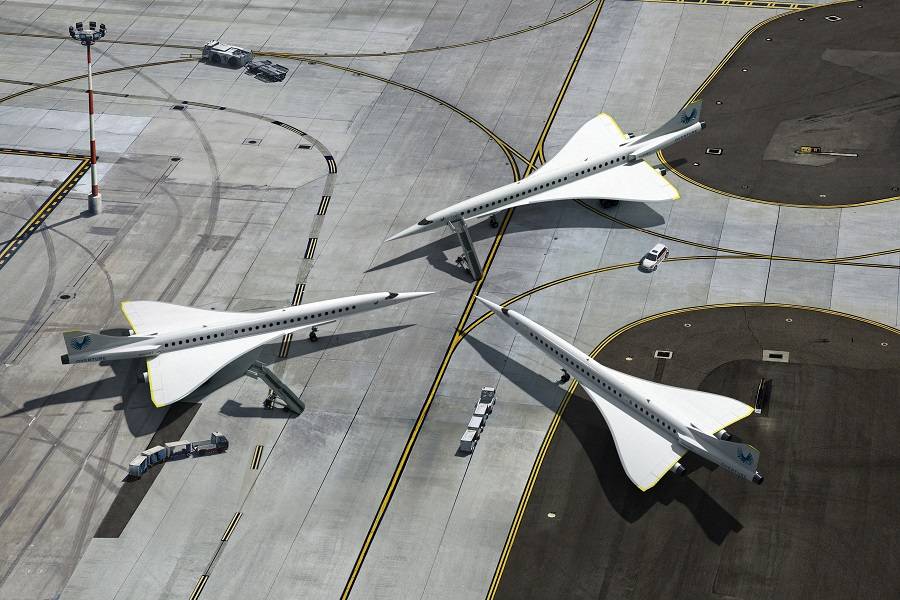
Only time will tell how Boom’s ambitions in faster-than-sound passenger travel will evolve, and bear fruit. For now, the company is preparing for the first flight of its XB-1. They are also gathering more investors, and knowledgeable aviation engineers and management. We look forward to see this first supersonic jet get in the air!



